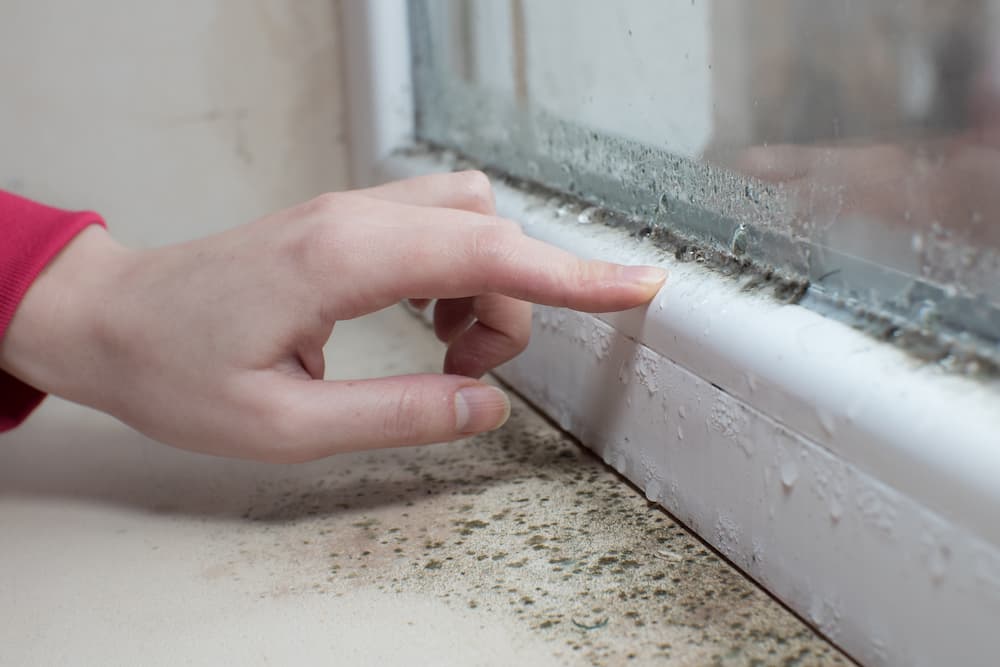As the seasons shift and weather patterns oscillate, our surroundings undergo dramatic transformations—some subtle and others more pronounced. Yet, one phenomenon often lingers in the shadows, ready to emerge with alarming persistence: mold.
It thrives under specific climatic conditions, turning a seemingly innocuous room into a breeding ground for potential health hazards. Are you aware of how temperature, humidity, and even rainfall can catalyze mold growth in your home? As we delve into the intricate relationship between weather and mold, it becomes clear that preparation is not just a precaution; it is a necessity.
Understanding these dynamics can empower you to take proactive measures, safeguarding your living space against an unwanted fungal invasion. Buckle up as we explore the elements that make mold flourish and uncover strategies to keep your environment safe and healthy.
Understanding Mold: Types and Conditions for Growth

Understanding mold involves recognizing the various types that inhabit our environments as well as the specific conditions that encourage their growth. Molds can be categorized broadly into allergenic, pathogenic, and toxic types, each posing unique risks to human health and structural integrity. For instance, the innocuous seeming *Cladosporium* may trigger allergic reactions, while *Stachybotrys*, often referred to as black mold, can produce harmful mycotoxins when moisture levels rise.
Mold thrives in damp, warm, and poorly ventilated areas, turning otherwise benign spaces—like basements, bathrooms, and attics—into breeding grounds. One might think a vibrant, sunny day would deter mold, yet humidity can linger in the air, creating perfect conditions for spores to proliferate.
The intersection of weather fluctuations, such as storms or rapid temperature changes, can further exacerbate these conditions, leaving homeowners vulnerable to unseen threats lurking in the shadows. Understanding these dynamics is the first step in preparing for an effective mold management strategy.
The Role of Humidity: How Moisture Fuels Mold Development

Humidity serves as a vital ingredient in the recipe for mold development, acting as a catalyst that ignites growth in suitable environments. When moisture levels rise, particularly in warm temperatures, microscopic spores find the perfect conditions to thrive. Picture this: a damp basement, the air thick with humidity, and the quiet potential for a mold colony to take root in mere days.
Homes often become unwitting hosts as excess moisture from leaks, showers, or even cooking seeps into walls and carpets, creating a breeding ground that can spiral into extensive damage if left unchecked. Notably, it’s not just the presence of water that matters; humidity levels above 60 percent transform everyday spaces into a mold-friendly haven.
Understanding these dynamics is crucial for anyone hoping to safeguard their home from the relentless invasion of mold, armed with knowledge and preemptive measures to combat its insidious spread.
Temperature Trends: The Impact of Heat on Mold Proliferation
Temperature trends play a pivotal role in shaping the landscape of mold proliferation. As global temperatures rise, the conditions become increasingly favorable for mold spores to thrive.
Warm, humid environments create an ideal breeding ground, allowing various species of mold to flourish in spaces that were once less prone to infestation. Notably, temperatures between 70°F and 90°F can trigger a rapid increase in mold growth, turning even a minor leak or moisture issue into a significant health hazard.
Just think: a simple change in the weather can lead to a veritable explosion of mold spores, infiltrating homes and buildings before one even realizes the risk. Homeowners must stay vigilant, understanding that an uptick in heat and humidity isn’t just uncomfortable—it’s a clarion call to mold’s opportunistic nature, urging proactive measures to safeguard their spaces.
Conclusion

In conclusion, understanding how weather impacts mold growth is crucial for homeowners and property managers alike. The interplay between temperature, humidity, and precipitation can create ideal conditions for mold to thrive, making vigilance and proactive measures essential in preventing infestations.
Regular inspections, particularly in areas prone to excessive moisture, can help identify potential mold issues before they escalate. If you’re situated in a humid climate or have experienced recent weather changes, consider scheduling a mold inspection in Tampa to safeguard your home. By staying informed and prepared, you can protect your living space from the detrimental effects of mold and ensure a healthier environment for you and your family.


